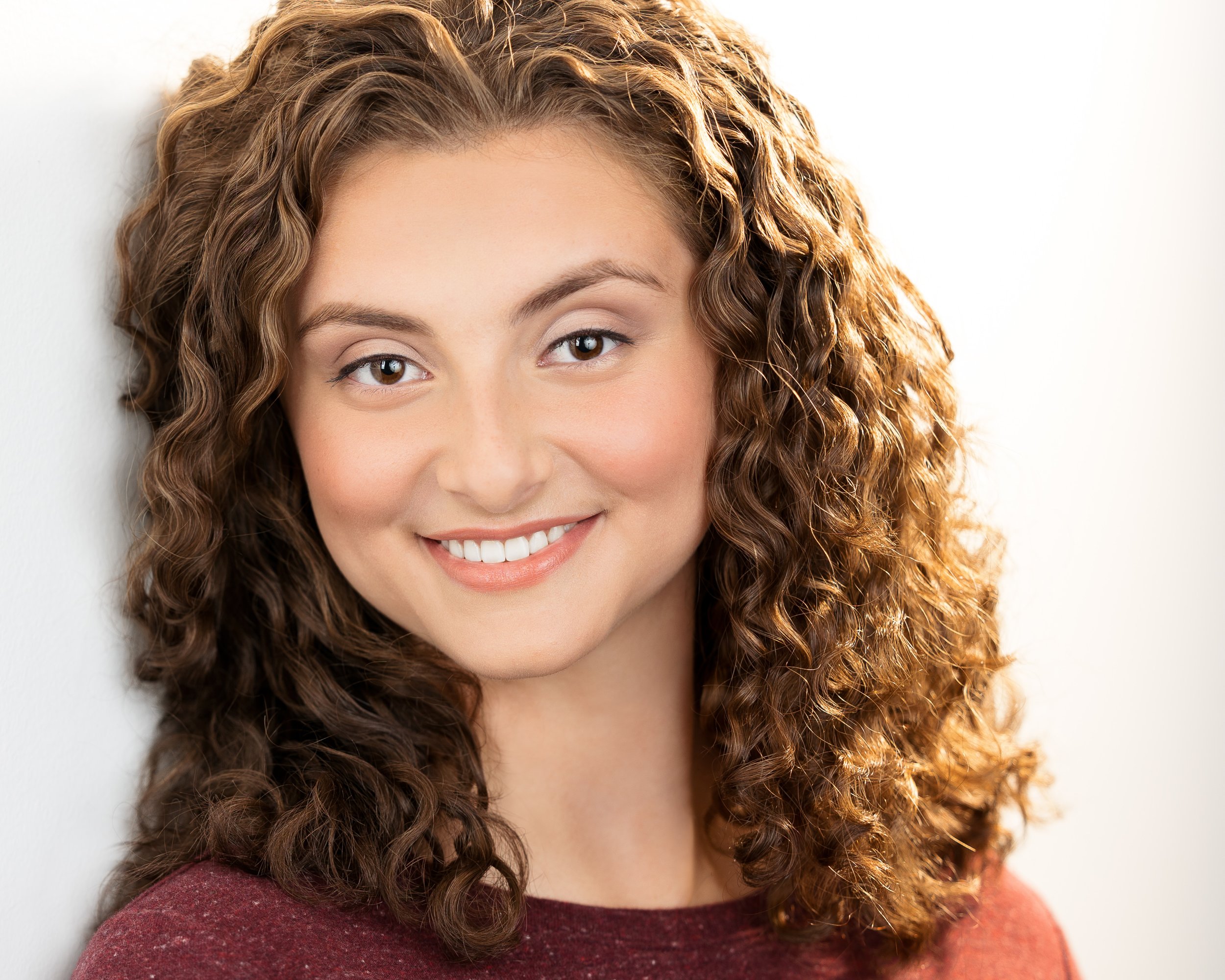
Headshot Maximizer
Make the most of your headshot appointment! This course covers all the most common questions around your headshot session—posing, wardrobe, how to smile, and how to pick the best shot.
We'll even cover how to find the right headshot photographer for you.
-
-
This intro lesson walks you through what to expect during the course.
-
Lesson 1.1: Mindset
Stressing already? No worries. This lesson will help you think about your session like a marketing professional.
Stressing already? No worries. This lesson will help you think about your session like a marketing professional.
-
-
-
Lesson 2.1: The Right Session for You
Headshot photographers typically offer a few session types. This lesson will help you determine what's best for your needs.
Headshot photographers typically offer a few session types. This lesson will help you determine what's best for your needs.
-
Lesson 2.2: Finding a Photographer
If you're not working me (That's OK!), this lesson will help you find the best photographer for you.
If you're not working me (That's OK!), this lesson will help you find the best photographer for you.
-
-
-
Lesson 3.1: Intent
Before you set foot in the studio, spend some time to think through the intent of your headshot. You may find this process answers many of the questions you've been stressing over.
Before you set foot in the studio, spend some time to think through the intent of your headshot. You may find this process answers many of the questions you've been stressing over.
-
Lesson 3.2: What to Wear
We'll cover what (and what not) to wear. We also discuss accessories in your photos—think jewelry, watches and glasses.
We'll cover what (and what not) to wear. We also discuss accessories in your photos—think jewelry, watches and glasses.
-
Lesson 3.3: Makeup and Hair
This lesson gives you a better sense of makeup and hair options for your session. Even if you're doing your own styling, there are some tips in here you don't want to miss.
This lesson gives you a better sense of makeup and hair options for your session. Even if you're doing your own styling, there are some tips in here you don't want to miss.
-
-
-
There's a lot of posing in a great headshot. It all starts with your stance.
-
Lesson 4.2: Where to Look
Knowing where to look during your session has a huge impact on the final result.
Knowing where to look during your session has a huge impact on the final result.
-
Lesson 4.3: Smiling 101
Yep, there are some big dos and don'ts when it comes to smiling in your headshot. We'll cover them here!
Yep, there are some big dos and don'ts when it comes to smiling in your headshot. We'll cover them here!
-
Lesson 4.4: What to do with Your Hands
Posing your hands is awkward at best. Whether your hands will be in the shot or not, this lesson has some great pointers.
Posing your hands is awkward at best. Whether your hands will be in the shot or not, this lesson has some great pointers.
-
-
-
Lesson 5.1: Proofing
The hard part is over, now it's time to pick the best options. But looking at a lot of images of yourself can be tricky. This lesson will guide you through the process.
The hard part is over, now it's time to pick the best options. But looking at a lot of images of yourself can be tricky. This lesson will guide you through the process.
-
Lesson 5.2: On Retouching
Here's how to think about retouching your headshot in a professional context.
Here's how to think about retouching your headshot in a professional context.
-
Lesson 5.3: Image Delivery
Don't miss these final tips around using your images in practice. As we finish, we'll also cover when it's time for your NEXT headshot.
Don't miss these final tips around using your images in practice. As we finish, we'll also cover when it's time for your NEXT headshot.
-
You are your biggest differentiator.
Showing up on camera
No matter where you are in your career, having a great headshot is so important. But, it’s easy to get hung up in the details.
My job is guide you through what really matters in the process so you can get to an image you can be proud of and get back to doing your own great work.

